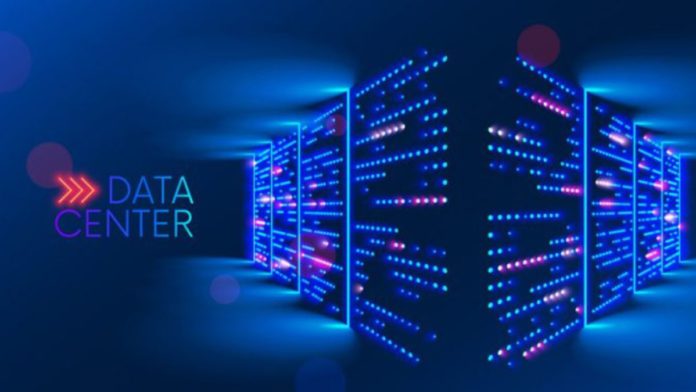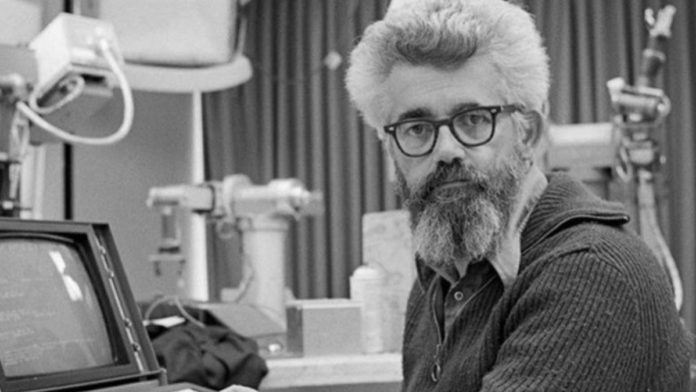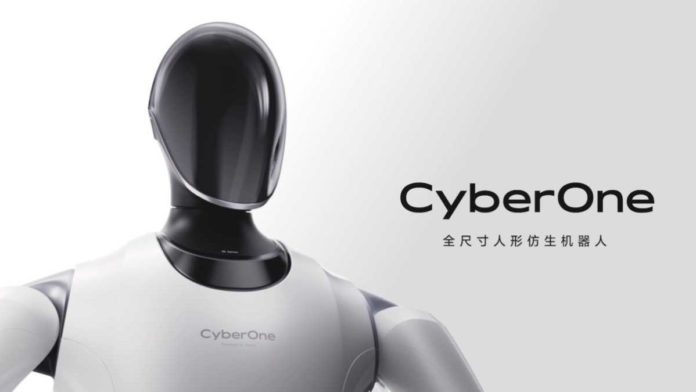The revolutionary advancements in artificial intelligence are transforming almost all spheres of modern human existence. Amongst the widespread prevalence of artificial intelligence, the life-changing applications in the healthcare sector are particularly remarkable. Most of the greatest healthcare innovations today have a significant component of AI. From early diagnosis of life-threatening diseases to performing complex surgeries, artificial intelligence is contributing profoundly to it all.
Although AI has been a reasonably familiar technology for the healthcare sector of the western world, it is still gaining ground in India. And in laying that familiar groundwork in India, artificial intelligence-based startups focused on healthcare are doing a remarkable job. This article lists some of the pioneer AI healthcare startups in India which are transforming the face of medical care in the country.
1. HealthifyMe
HealthifyMe is a Bengaluru-based digital health and wellness company that was founded by Tushar Vashisht, Sachin Shenoy, and Mathew Cherian in 2012 with the aim of introducing digital healthcare to Indians. The company provides an app that uses an virtual assistant ‘Ria’, world’s first AI nutritionist, to solve users’ queries around fitness, nutrition, and health in 10 different languages. Moreover, the app provides dietary recommendations and uses artificial intelligence to track calorie intake. HealthifyMe offers professional advice on nutrition and fitness to people from all spectrums, from healthcare professionals to personal users through a premium subscription. The company claims to have access to one of the largest Indian food databases in the world.
Read More: Man Who Threw Away £150m In Bitcoin Plans To Find It Via AI And Robot Dogs
2. PharmEasy
PharmEasy is one of the leading AI healthcare startups in India that offers an application connecting users with pharmacies. In 2015, PharmEasy was founded by Dharmil Sheth, Mikhil Innani, and Dhaval Shah in Mumbai. The smartphone-based app connects users with these pharmacies to make seamless medical deliveries and provides services such as teleconsultation and diagnostic test sample collection. PharmEasy app uses machine learning and big data tools, including Tensorflow, Hadoop, Spark, and Hive. It also uses several data crunching and analytics solutions. PharmEasy has partnered with more than 80,000 pharmacies across 1200+ cities in India.
3. Qure.ai
Qure.ai is a breakthrough artificial intelligence solution provider that is enhancing imaging accuracy and improving healthcare outcomes with the assistance of machine learning-supported tools. This Mumbai-based company is one of the leading AI healthcare startups in India that was founded in 2016. Qure.ai employs deep learning technology to provide automated interpretation of radiology exams like X-rays, CT scans, and ultrasounds, enabling faster diagnosis and treatment of malignant diseases. The tools can also outline and quantify specific information such as lung disease patterns. Qure.ai also offers digital pathology solutions that can distinguish malignant biopsies from benign ones and grade a variety of tumor types.
4. Axtria
Founded in 2010, Axtria is a Noida-based company that provides online sales and marketing management tools for life science industries. The company develops data analytics and software platforms that help clients with the management of several aspects, including customer, revenue, risk, and supply chain. Axtria helps healthcare organisations and institutions with services such as planning, lead scoring, reporting, forecasting optimization, and visualization. Axtria’s risk solutions include portfolio risk management, regulatory compliance, operational risk management, and risk strategy development. The Noida-based company also provides healthcare sector with services such as HR analytics, spend analytics, and supply chain analytics.
5. SigTuple
Another name among leading AI healthcare startups in India is SigTuple, which has been providing AI-based healthcare diagnostic solutions since 2015. SigTuple democratizes microscopy by automating it through advanced AI and robotics. Their machine learning and deep learning platforms, such as Manthan, can detect and predict the chances of the person having a particular disease from medical diagnostic images. SigTuple’s peripheral blood smear analyzing solution, Shonit, provides image processing-based solutions for a differential blood count. The screening of diseases like malaria and anemia on Shonit are under clinical trials.
6. Niramai
Bengaluru-based Niramai Health Analytix is one of the pioneer AI healthcare startups in India. Founded in 2016 by Geetha Manjunath and Nidhi Mathur, the company provides a novel software-based medical device Thermalytix that uses an AI-based high-resolution thermal sensing device for the early-stage detection of breast cancer. The software-based medical device, which is automated, low-cost, and portable, is making cancer screening possible in clinics across India. The core technology of the device is based on machine learning algorithms. Niramai’s solution is also being used for regular preventive health checkups and large-scale screenings in rural and semi-urban areas.
7. Perfint Healthcare
Chennai-based AI healthcare startup Perfint Healthcare provides solutions for image-guided interventional procedures, laying special emphasis on oncology and pain care. Radiologists across the world are using Perfint’s robotic solutions for biopsy, drug delivery, ablation, drainage, fine needle aspiration, and varied pain care procedures for both cancerous and non-cancerous pain. The company’s products include Robio EX, Maxio, and Navios. Robio EX is a CT & PET-CT guided robotic positioning system, whereas Maxio provides intraoperative guidance and post-procedure verification support. Navios is a computer-based workflow assistance solution for CT-guided percutaneous ablation procedures.
8. HealthPlix
HealthPlix is another leading AI healthcare startup in India that is focused on empowering healthcare professionals to make the right medical decisions using softwares specially customized for them. Through their assistive AI-powered EMR software, doctors can drive better patient health outcomes by providing clinical decision support at the point of care. Healthplix also provides an electronic medical record solution for chronic care management. Its features include e-prescription generation, lab management, and billing. It also has dashboards that provide AI and machine learning-based insights on marketing, clinical test hypothesis, finance, and treatment outcomes.
9. Dozee
Established in 2015, Dozee is a Bangalore-based AI healthcare startup that provides contactless health monitors that silently track heart, respiration, sleep patterns, stress levels, cardiac contractions, apnea, and more while sleeping. Its artificial intelligence algorithms enable early detection of any health deterioration. Medical professionals can access medical information remotely on Dozee’s patient monitoring systems and app. Dozee’s integration with pulse oximeters were used in providing continuous remote monitoring to Covid-19 patients and keeping doctors safe from exposure to infection during the pandemic. Dozee has been endorsed by Bill & Melinda Gates Foundation and the Indian government.
10. BlueSemi
Founded in 2017, the consumer health tech focused startup BlueSemi is one of the pioneer AI healthcare startups in India. The Hyderabad-based company provides IoT solutions to manage healthcare, including anti-counterfeiting and temperature measurement solutions. BlueSemi also offers a wireless temperature scanner for fever screening. Its energy harvesting device facilitates power independence for wearables and autonomous vehicles. Its other features include unique identification coding, data analytics, integration, customized access, marketing, and other capabilities. It has use cases in hospitals, medical institutions, wearables, retail, autonomous vehicles, smart homes, etc.
11. Tricog
Tricog is a Bangalore-based AI healthcare startup and one of the world’s largest predictive healthcare analytics firms, which was founded in 2014. Tricog was founded by interventional cardiologist Dr. Charit Bhograj to leverage deep learning-based medical and technology expertise to provide virtual cardiology services to distant clinics. Tricog has evolved into a technology-driven cardiac care company run by a highly experienced team. Tricog’s flagship product, InstaECG, enables professionals to create a network of 3,000 ECG diagnosis points at various medical centers across the globe. Today, Tricog’s AI has a data store that exhibits 200+ cardiac conditions, which significantly improves the detection of rare cardiac disorders.
12. DocTalk
DocTalk is a Mumbai-based AI healthcare startup that provides a software application that keeps track of medical reports and prescriptions and allows users to easily share them with doctors. Founded in 2016 by Akshat Goenka and Vamsee Chamakura, the startup focuses on an AI-based virtual assistant program to enhance the healthcare industry of India. DocTalk also offers subscribers a platform where they can get solutions by speaking with their physicians over the app. The app also allows users to easily save all the medical reports and photos on the cloud, thus enabling users to avail them anywhere digitally.
13. Lybrate
Lybrate is one of the pioneer AI healthcare startups in India, which was established in 2014 as the country’s first online doctor consultation platform. Lybrate provides an online service on an AI-based platform of the same name, through which people are able to connect with doctors and also have a consultation online. Users can also book lab tests and appointments online through the service. Lybrate also provides fitness, skincare, and hair care solutions. They have doctors from a wide range of spectrums across the country. Moreover, Lybrate provides a health consultant bot on Facebook Messenger. The goal of the startup is to create an internet consultation for everyone that is readily available.
14. HealthKart
Founded in 2011, Healthkart is one of the top AI healthcare startups in India, which is based in Gurgaon. It offers many health products and services to assist customers in attaining their fitness goals through its e-health store. Healthkart also provides on-demand healthcare and fitness advice using conventional AI. It is among the largest healthcare e-stores in India. HealthKart provides several healthcare items, including nutritional supplements, diabetes supplies, medical-related equipment, and infant care products. Products can be purchased on the internet and are home-delivered by HealthKart.
This leading healthcare platform was originally launched as a mobile application and a website. Today it has turned into a marketplace that provides many services, including browsing and buying prescribed drugs online.










